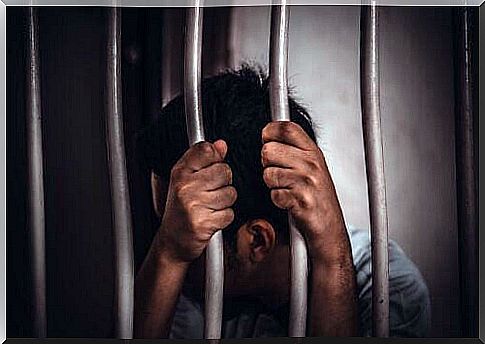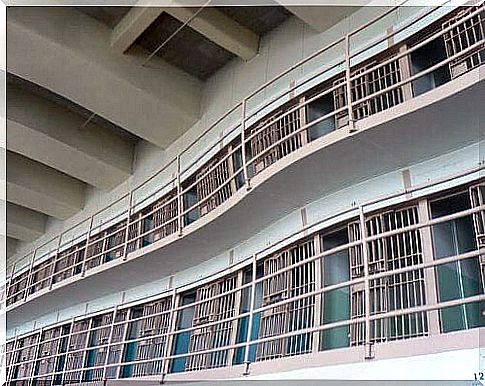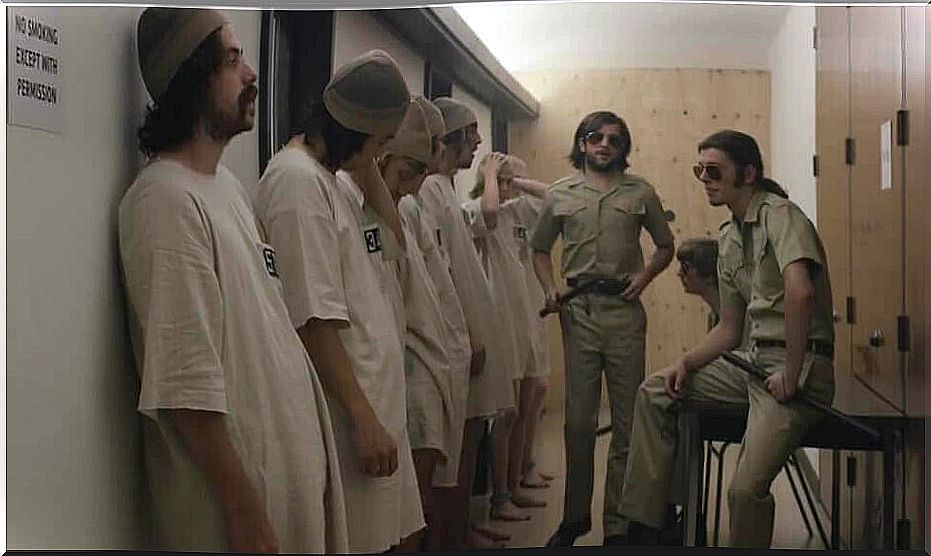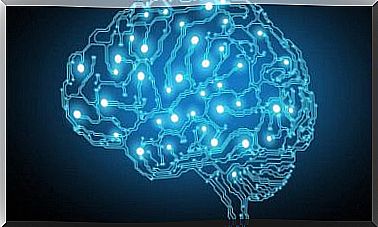Prison Social Education

There is some debate about education in closed contexts like prisons and its effectiveness. Is it a utopia? Are there any results? Although there are all kinds of opinions on this subject, prison social education, a specific branch of social education, can answer these questions.
Scarfó (2002) explains that education is the basis of citizen identity: “whoever does not receive or make use of this right loses the opportunity to belong to society, to participate in a real way and to become a citizen who uses his rights and fulfills his duties for society to develop ”.
This is how the Resolution on education in prisons was born, approved at the 5th World Education Congress (Berlin, Germany, July 2007). This resolution explains the need for inclusion of topics on social education in penitentiary establishments.
In the case of prison social education, education is not just a challenge. It is also a right and an ethical principle which must promote the development of the autonomy of each interned person, despite punitive barriers.

Theories in prison social education
In general, and to understand the basics of this branch of social education, we will present several approaches and theories to you.
Psychopathological theories
In prison social education, these types of theory interpret the tort from individual psychopathological and biological factors. They were very important in the history of delinquency and in prison treatment. Authors like Eysenck are great examples of these models.
Moreover, it is important to mention that other authors, starting from the branch of social psychology, bring points of view which do not take into account only individualistic factors of the personality.
Sociological theories
These theories involve multidimensional and structural factors. They are based on the following idea: social, educational, cultural or family systems and relationships have components that influence the aetiology of the tort. We find, for example, the theory of inequality of opportunity or the theory of social deviation.
Socio-educational theories
Professor Miguel Melendro explains that over the past century, approaches and models have been developed which have significantly enriched and improved the methods of socio-educational intervention within populations in a situation of social disadvantage.
Thus, some of the disciplines that have played a role in the formation of socio-educational models in prison social education are:
- Mainly, behaviorist ideas
- Dynamic approaches
- Constructivism
- Systemic family therapy
- The competency model
- Popular pedagogy
Socio-educational programs in prison contexts
Prison intervention, according to Garrido and Gómez (1995), has traditionally focused on scientific and technological models (included in behavioral medical approaches, through which we seek an alignment of the subject).
Thus, the search for behavior, based on classic treatment in prisons, has led to the reproduction of social patterns from an education that has not taken into account contextual or socio-cultural variables.
The programs most used in prisons have generally been remedial programs. They focused on behavioral models of support or punishment. For those who have put them in place, these are the best models possible. They fall into four categories:
- Psychological and psychoanalytic model
- Biological-behavioral model
- Factorial models
- Humanistic models
Here are now some more current models, with more humanistic visions:
Participatory model
According to the participatory model, prison treatment must benefit, for this socio-educational action, from the participation of the entire prison community, and especially of interned persons.
The idea is that the whole process is carried out, with the will of the prisoners, to follow the treatment programs.
Model for autonomy
These are individualized and group educational programs.
Models of knowledge of people and educational actions
The collective consensus of the work is very important here. It is essential that people appreciate what they do, as is the educational relationship between prisoner and educator.

Models for liberation
Through the models for release, it is considered that integration renews penitentiary intervention on a professional and structural level. Thus, the challenge of transforming prison spaces and concepts into possibilities for freedom is taken into account.
As we see, prison social education relies on many alternative models. However, it would appear that behavioral and factor-based patterns are those that prevail at the time of prison intervention. So, will the development of these other models be possible in the future?









